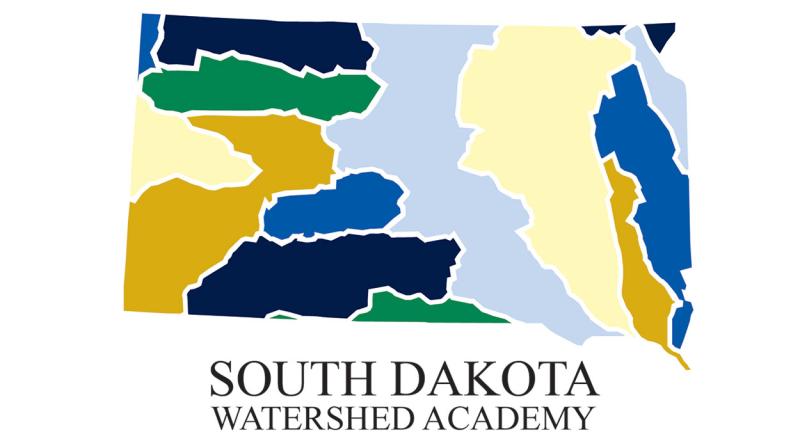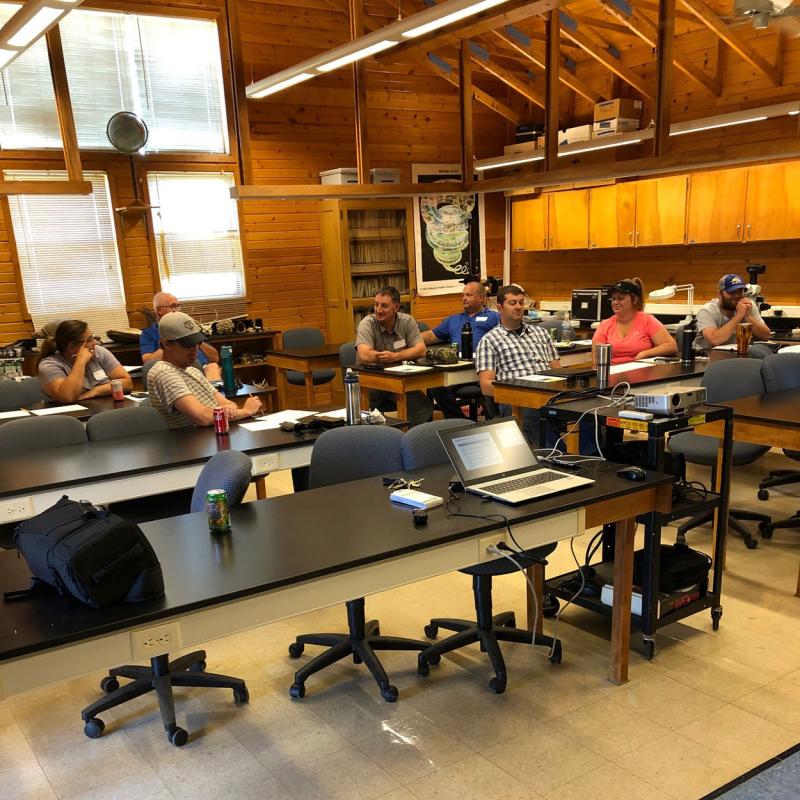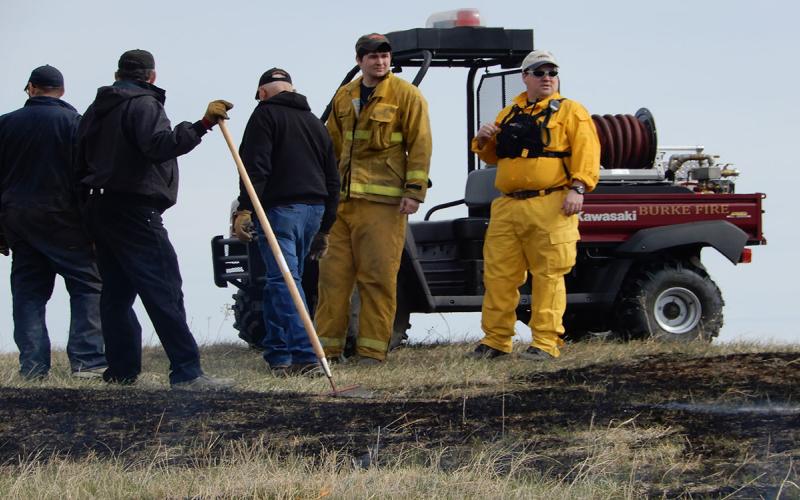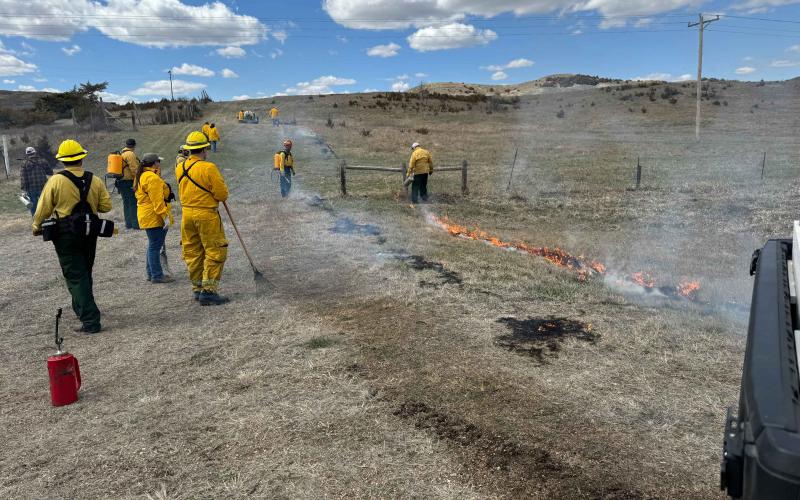
Written with contributions by John McMaine, former Griffith Endowed Assistant Professor & SDSU Extension Water Management Engineer.
SDSU Extension hosted the first South Dakota Watershed Academy at the Oak Lake Field Station on August 4, 2022. Ten regional USDA Natural Resources Conservation Service (NRCS) staff were invited to participate in this first-ever, one-day workshop. The purpose was to introduce NRCS employees to some of the strategies, concepts and terminology water resource agencies and professionals use; and further connect the agency’s mission of assisting South Dakota’s farmers and ranchers with the protection of natural resources on private lands to water quality and quantity in South Dakota.
Attendees began the morning with an overview of the South Dakota Integrated Report for Surface Water Quality Assessment document that is produced biennially by the South Dakota Department of Agriculture and Natural Resources (SDDANR). Water quality standards, beneficial uses, monitoring and assessment methods, impairments to South Dakota lakes and streams, and other items contained in the Integrated Report were discussed. Participants also learned about hydrologic modeling along with examples of how modeling can be used at the field and watershed scales. Hydrologic modeling can help technical assistance providers demonstrate how much difference conservation practices could make for erosion, nutrient loss or other water quality measurements. At the watershed scale, hydrologic modeling can improve investment to make it more optimal, investing conservation dollars where they have the biggest impact, as determined by a watershed model.

During the afternoon session, staff from the East Dakota Water Development District discussed the monitoring of South Dakota lakes and streams; and the numeric criteria of different parameters (i.e. pH, temperature, suspended solids, dissolved oxygen, etc.) that are assigned to different beneficial uses of surface waters of the state.
Attendees participated in hands-on activities that included taking Secchi tube readings, determining if water sample results were meeting or not meeting numeric standards for a beneficial use, as well as discussion on plotting and analyzing water quality results. We wrapped up the end of the day with a conversation on water quality testing laboratories and water sample interpretation.
The workshop was designed and organized in consultation with NRCS to provide information on water resources regulation and monitoring to new NRCS employees in South Dakota.
Based on feedback, future workshops will likely include monitoring activities on a body of water in addition to classroom and lab activities. Future workshops will also likely be open to other interested parties as a way for water and natural resource professionals and the general public to grow their knowledge of water resource management in the state of South Dakota.


